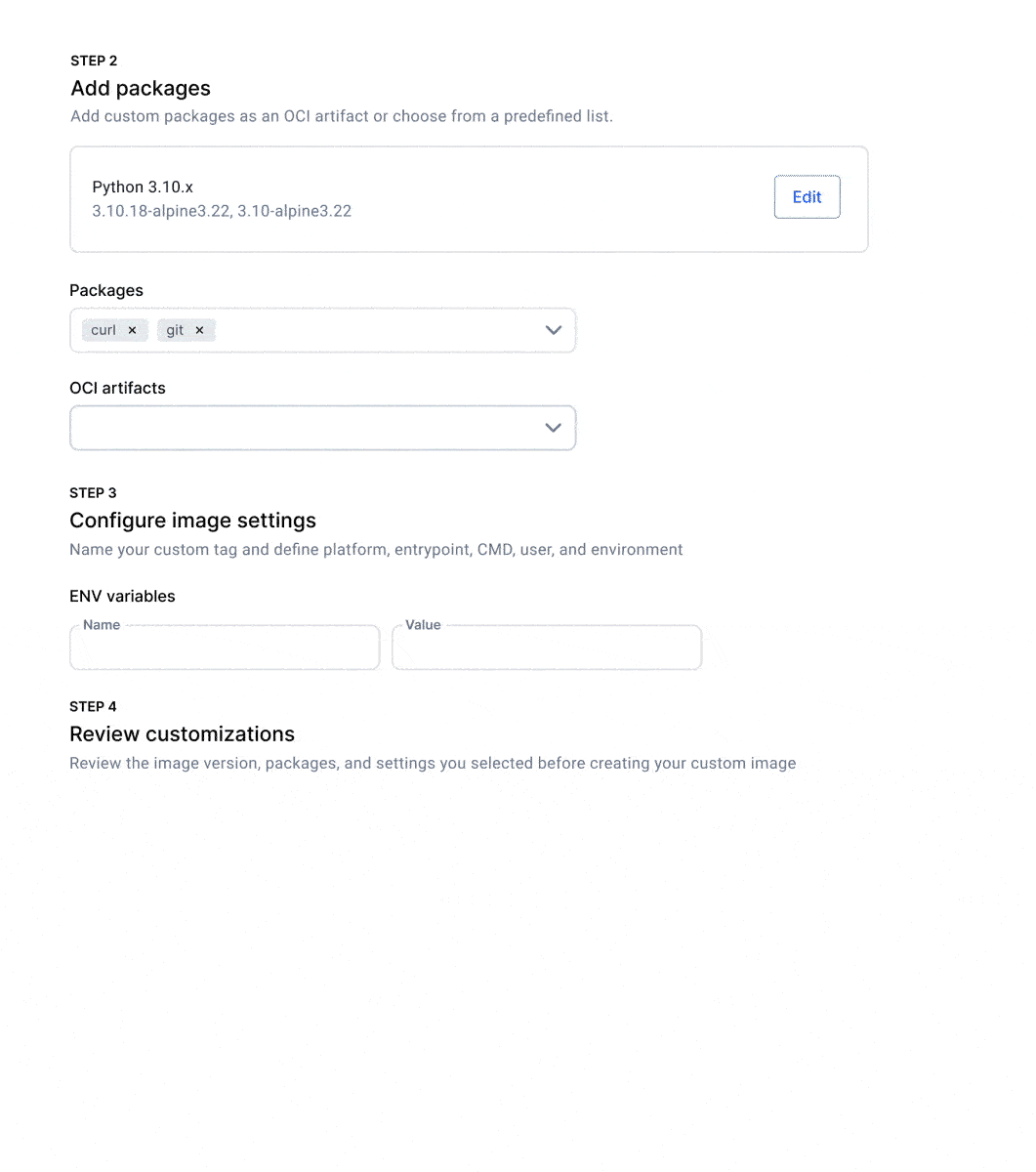CVEはBlack Hat 2025での会話を支配しました。セッション、ブースでのディスカッション、廊下でのおしゃべりを通じて、チームが脆弱性を大規模に管理しなければならないというプレッシャーを感じていることは明らかでした。スキャンは依然として重要なツールですが、ソフトウェアのサプライチェーンに入る 前に セキュリティ負債を取り除くことに焦点が移っています。強化されたイメージ、コンプライアンス対応のツール、強力なエコシステムパートナーシップが、今後の道筋として浮上しています。
コミュニティのハイライト
Dockerコミュニティは全力で出てきました、ありがとう!Black Hat のブースは、ノンストップの会話、ハンズオン デモ、そしてラスベガス周辺で見かけられた限定版のパーカーや Docker ソックスの絶え間ない流れで、一週間中忙しかったです。
Docker + Wiz イブニング パーティーでは、DevSecOps コミュニティが集まり、ストーリーを交換し、課題を比較し、より安全なソフトウェア サプライ チェーンに向けた進歩を祝いました。今、チームが何を考えているのかを直接聞くことができた。
セッション、ブースでの会話、Wiz + Docker パーティー全体で、6 つの主要なセキュリティテーマが際立っていました。

賑やかなドーカーブース@ブラックハット 2025
私たちが学んだこと:6つの主要テーマ
- スキャンだけでは十分ではありません。チームは、セキュリティ負債を最初から排除する、安全でCVEゼロの出発点を探しています。
- セキュリティは、チームがいる場所で対応できるときに最も効果を発揮します。適切な強化されたディストリビューションが大きな違いを生みます。たとえば、互換性のために Debian を、最小限のフットプリントのために Alpine です。
- 柔軟性は不可欠です。最小限のイメージへのカスタマイズは、カスタムのミッションクリティカルなアプリを実行する企業にとって重要なビジネス要件です。
- 強化は規制された業界に急速に拡大しており、 FedRAMP 対応のバリアントの需要が高まっています。
- AI セキュリティには再発明は必要ありません。実証済みのコンテナパターンは、新たなワークロードを引き続き保護します。
- より良い協力、エコシステムとパートナーシップは依然として重要です。私たちは、アラート疲労を解消し、悪用可能なリスクに焦点を当て、強化されたイメージの採用を加速するために、Wizといくつかの素晴らしいことを作っています。
テクニカルセッションのハイライト
Lunch and Learn イベントでは、Docker の Mike Donovan、Brian Pratt、Britney Blodget が、Docker Hardened Images が SLA、SBOM、署名された出所に裏打ちされたゼロ CVE の出発点を提供する方法を共有しました。このアプローチにより、ユーザビリティとセキュリティのどちらかを選択する必要がなくなります。Debian と Alpine のバリアントは、チームがいる場所で対応し、カスタマイズ機能により、組織は証明書、パッケージ、または構成を追加し、ベース イメージから更新を継承できます。FedRAMP 対応イメージへの関心により、規制の厳しい業界でセキュア・バイ・デフォルト・ソリューションが需要があり、組織の FedRAMP プロセスを加速できることが強調されました。

Docker 強化イメージのカスタマイズ
AI ステージでは、Per Krogslund 氏は、新興の AI エージェントが信頼とガバナンスに関する新たな疑問を提起しながらも、セキュリティをゼロから再発明する必要はない方法を探りました。分離、ゲートウェイ制御、実行前検証など、実証済みのコンテナセキュリティパターンは、これらのワークロードに直接適用されます。強化されたイメージは、AI システムにとって重要で信頼できるローンチパッドも提供し、単一のエージェントがデプロイされる前に安全で準拠した基盤を確保します。
ブラックハット 2025 は本に載っていますが、安全な基盤の構築に関する議論はまだ始まったばかりです。素晴らしい顧客からのフィードバックに応えて、Docker Hardened Images のロードマップには、より多くのワークフロー統合、カタログ内のより多くの検証済みイメージなどが含まれるようになりました。このスペースに注目してください!
初日からセキュリティ負債をなくす準備はできていますか?Docker Hardened Images は、ゼロ CVE ベース イメージ、組み込みのコンプライアンス ツール、およびワークフローに適合する柔軟性を提供します。




